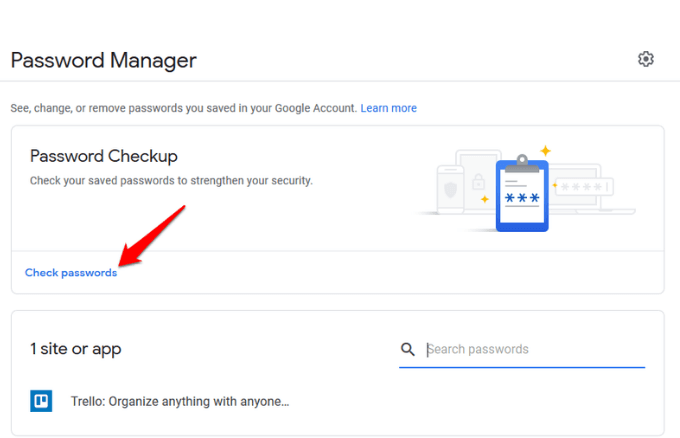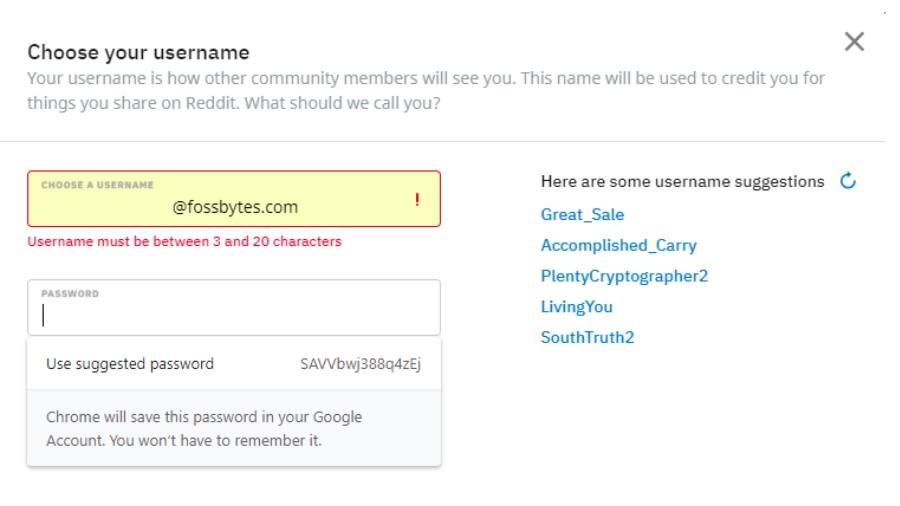

All of this is done automatically without any need for user intervention.
#CHROME PASSWORD MANAGER UPDATE#
Google says that Chrome browser receives a security update every six weeks and in case of ‘critical’ bugs, a fix is delivered within 24 hours. Naturally, security becomes a significant concern here.Īddressing the issue, Google has provided a link that details what Google is doing to protect its users. We are talking about our entire digital life here which includes finances, social media sites, and other essential portals that you regularly use in Chrome.

I think every password that you use should have a special character in it and should be completely random rather than something that can be associated with you. By default, Google doesn’t recommend it but notes that if it is required by the website, Chrome Password Manager will generate the password accordingly. Some websites also require you to use a special character (like $, #, &) in the password. Every password that you create and use should have at least one lowercase (a, b, c), one uppercase (A, B, C), and one number (1, 2, 3) in it. With the number of high profile hacks on the rise, Google has come up with basic criteria that you will have to adhere to for your own safety, at the time of creating a password. What if you don’t use a Chrome browser? Well, then you are better off using another password manager. While this is a good thing, it is also limiting in a way. So it covers Windows, Mac, Android, iOS, and Linux platforms. Works with Chrome on Every DeviceĬhrome Password Manager depends on the Chrome browser to deliver this new service which means that it will work on every device that supports Chrome. Let’s see how the revamped Chrome Password Manager works and what it has to offer. Yes, the newly revamped Google Chrome, version 69 released on its 10th anniversary, now comes with a password manager. A new player in the arena is the Chrome Password Manager. At GT, we have covered passwords managers before, and some of them are really good.


 0 kommentar(er)
0 kommentar(er)
